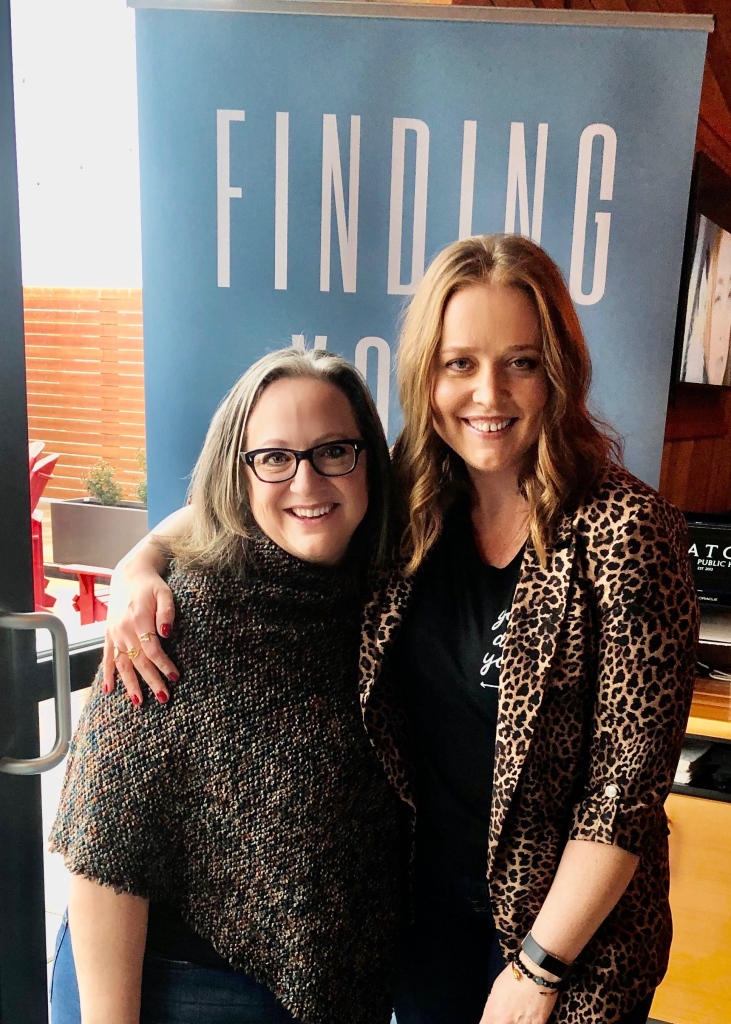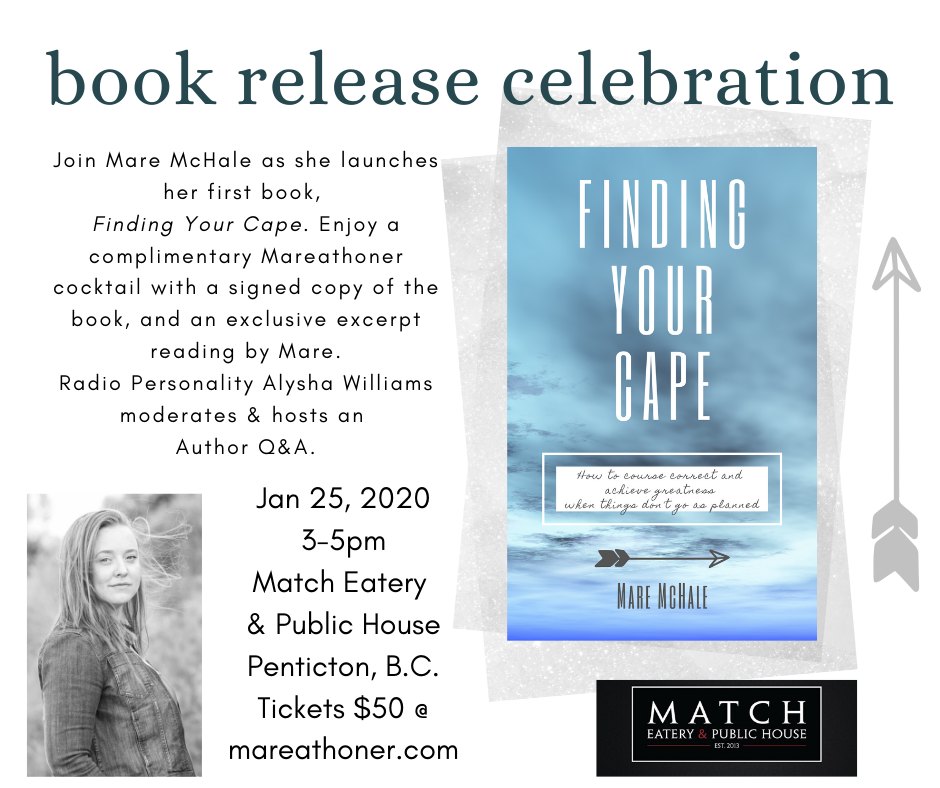This article was originally published on the front page of the Coquitlam Now on Feb. 12, 2010.
It starts with a rumble, a muted clamour in the distance.
The air becomes electric, animating all those around.
It’s coming. It’s coming.
Necks crane and hands stuff down into pockets to fish out cameras.
Those lined up by the red tape in Port Coquitlam’s Leigh Square shift their weight, make room for more children at the front who look back at their parents for confirmation.
It’s just after 7:30 a.m. on Thursday, and Shaughnessy Street is jam-packed with a jovial crowd that grows denser the closer you get toward City Hall.
The throngs of young and old look like they’ve been doused in red, and many carry flags. Despite the rain, they are all wearing smiles.
Thousands showed up in downtown Port Coquitlam Thursday morning to watch the Olympic torchbearer stride through town, meet his fellow torchbearer under the bandshell and pass the flame on.
Nancy Tremblay’s six-year-old son, Cameron, stared wide-eyed at the Leigh Square crowd.
Her son has been waiting for this moment for months, and the anticipation has only grown as his school does art projects like making crafty torches and Olympic rings or devoting days to the red and white.
Tremblay says there was no way Cameron and his sisters, nine-year-old Mackenzie and 13-year-old Destiny, would have missed watching the torch come to town.
“They had to come. They were very excited. We got up really early for this,” Tremblay says, chuckling. The Olympics have come to hold deep meaning in their PoCo household. “It means a great sense of pride for our country and the athletes. It’s something my children will remember for the rest of their lives.”
The roar grows and suddenly, hands are thrown in the air as a helicopter hovers nearby, the occupants looking down to see a sea of waving mittens and flags as the likes of Doug Alward, Terry Fox’s longtime friend, run the torch into the city.
Decked out in the now-famous white tracksuit and red mittens, Mark Stoklosa jogs the final 300 metres past school children and Olympic fans to where city councillors and staff cheer.
Stoklosa and Port Coquitlam’s David Kam come together, their torches meet and the flame ignites to the delight of everyone at Leigh Square, to thunderous applause and screams. And just as quickly as the flame arrived, it departs Leigh Square, Kam hoisting his torch through more streets lined with child and adult fans.
They see local athletes like Chris Rinke, a wrestler who competed at the 1988 Seoul Olympics, and Brit Townsend, Simon Fraser University’s cross-country track and field coach, raise the torch aloft and move the Olympic dream along.
Commuters along Lougheed Highway witness preparations at Mackin Park beginning early, with stage and booth setup taking place long before daylight.
Rain falls gently on the heart of Maillardville, where scads of people dressed in red congregate for the Tri-Cities’ only community cauldron celebration.
Local politicians, fresh from the completion of early morning torch relays through Belcarra, Anmore and Port Moody, arrive at the park and jockey for position to watch entertainment on the stage. Port Moody-Coquitlam MLA Iain Black says 2,000 people showed up to watch the torch run through Anmore, dwarfing the number of visitors recorded on even the busiest summer day.
Black is dancing beside the stage, and he is not alone. More than 10,000 people are moving to the beat of music blaring from the sound system and the palpable buzz in the air.
It’s coming. It’s coming.
As the clock comes closer to 9 a.m., dignitaries make their way to the stage.
Chris Wilson appears at the edge of the park an holds the torch aloft, beaming as he walks down the middle of the crowd toward the stage.
He pauses on stage to drink the moment in, and then tilts the torch to his left, where the community cauldron ignites, causing loud waves of sound to run through the crowd.
It’s here. It’s here.
“It’s amazing. I have never thought that I would ever see something like this,” he says, thanking the community for its support and enthusiasm.
The former wrestler, who competed at the 1992 Olympic Games in Barcelona, now chairs KidSport Tri-Cities, which helps youths take part in organized sports.
“I think it’s really important for kids to find that thing they’re passionate about, that they love doing. And then they should work their butt off for it,” Wilson says, adding that kids should be encouraged to try everything from sports to arts and pastimes in between. “Everyone’s got a talent for something.”
Wilson steps down off the stage and makes a beeline to his family nearby, one daughter with a sign saying “Go Dad Go.”
“It’s an amazing morning,” Coquitlam Mayor Richard Stewart says. “This is the biggest crowd ever assembled in Coquitlam, and I tip my hat to you.”
Dancers take to the stage, delighting the crowd with Scottish highland, Korean, Chinese and Russian dance, before assembling together for a multicultural encore.
They make way for 19 Grade 10 students from Dr. Charles Best Secondary, all clad in white tracksuits. Led by school counsellor Kristi Blakeway, the Best Buddies group is to carry the torch on so other communities can share in the dream.
The VANOC announcer declares Coquitlam an Olympic community as Blakeway’s torch is lit, and members of the school troupe descend the stairs and high-five the crowd as they wend their way out of Mackin Park.
The crowd, after offering its final hurrah, lets out a collective breath.
It’s gone. It’s gone.
And yet, it’s only the beginning.









